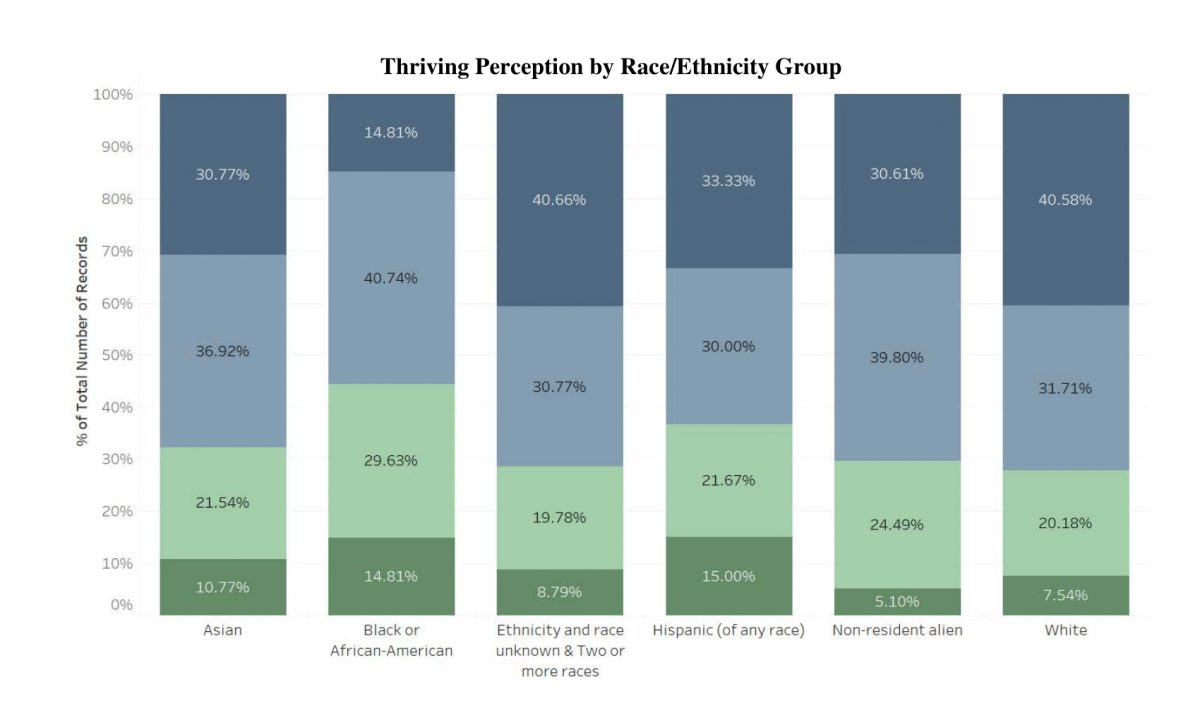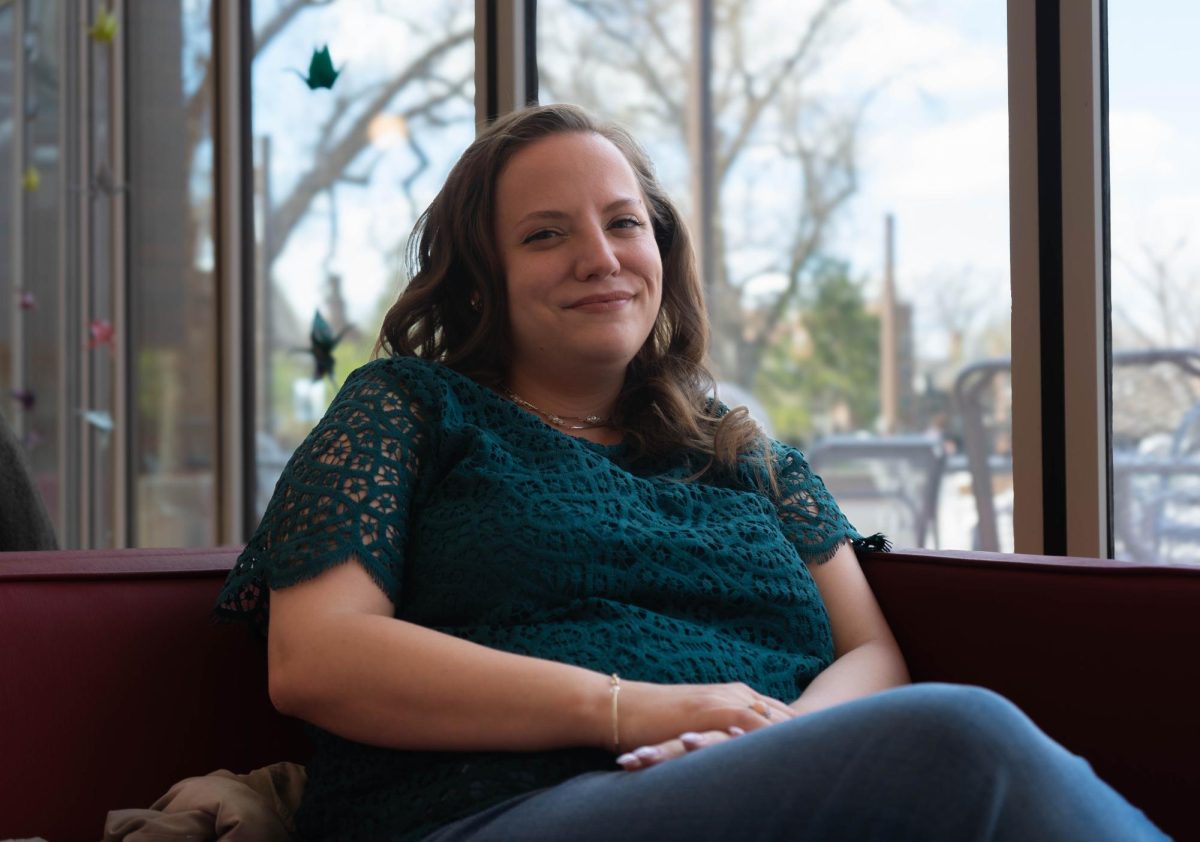In November 1971, amid the frenzy of final exams and papers at Grinnell College, a student summed up their routine in The Scarlet & Black — “I’ve got so much work to do that if I stayed up all night every night from now ‘til the end of the semester, I might get done.” Five decades later, student research conducted by the College seems to show that not much has changed.
“At Grinnell there’s always that culture of, ‘I have to be busy,’” said a student identified as Wren in the study Thriving at Grinnell published November 2019. “And so students tend to, besides just having their courses, get involved in so many things that their schedules are always packed with meetings and class and labs, and things like that.”
According to the Registrar’s recommendations, students should dedicate two to three hours of study time outside of class for every hour spent in the classroom. For a student taking 16 credits, working up to 20 hours a week, getting eight hours of sleep each night, and dedicating an hour each to three daily meals, 157 hours of their 168-hour week are already spoken for.

This leaves just 11 hours each week — less than two hours per day — for everything else -– showering, participating in extracurriculars, volunteering, socializing and hobbies.
Throughout studies from the 1960s to 2024, the terms used during discussions of academic rigor and its impact on students have shifted. In the 1960s and 1970s, the term academic pressure was more commonly used. Pre-covid, thriving was frequently used. Meanwhile, terms such as burnout, belonging and academic well-being are currently trending.
Vice President of Student Affairs JC Lopez, explains his office’s current approach.
“Post-COVID, there was that lack of community, lack of connection. So I think there’s a shift on creating those spaces and developing programs to really support students, to foster community and connections and relationships,” Lopez said.
More recently, Grinnell College conducted the National Collegiate Health Assessment (NCHA) in February of 2024, led by Timothy Hammond, associate dean of health and wellness.
“In response to the statement, ‘I feel that I belong at my college,’ 62 percent agreed or strongly agreed with that statement,” Hammond said.
However, student’s identities have been shown to influence their perspective — Black students feel a lower sense of thriving.
“All these people I talked to, my classmates, I just realized that they didn’t see me as friend potential,” said a student identified as Frances in the research Pushes and Pulls from March 2019. “The only people who wanted to get to know me, or actually talk with me, or engage in interesting conversations, or just get to know me, would be students of color. But since most of the students are white here, it just made me feel really shitty.”
Black or African-American students reported the lowest rate of positive responses for “thriving most of the time” or “thriving consistently,” with only 15 percent compared to 30 to 41 percent among other identity groups.
Students who perceive themselves as thrivers are often less visible, occupying fewer leadership roles or participating to a smaller extent than others in extracurricular activities.
The most frequently described challenge was to balance time and energy for studies, social life, meaningful hobbies or extracurriculars and self-care.
“As a whole, as a student, I’m struggling to do all the things I would like to do,” said a student identified as Chris. “Or I’m struggling to keep up with my academics while maintaining a job and a social aspect of my life. And it’s constantly shirking off one for the other.”
Students dealing with stress-related health issues face the additional difficulty of meeting their obligations while avoiding exacerbating their condition. However, Hammond said in the NCHA “85.8 percent of students reported or described their health as good, very good or excellent.”
In 2009, SGA passed a proposal to reconsider the academic calendar, with an eye toward “pace and wellness.”
While the language surrounding academic rigor and student well-being at Grinnell College has evolved over the decades, the underlying challenges faced by students remain strikingly similar.
























































Héctor • Nov 29, 2024 at 5:15 pm
Hi, there. Thanks for the chart, but without a legend the colors for each layer in the stacked bar chart remain undefined. One can’t tell what is the point of the colors. Is more green better? Is each color a different question?